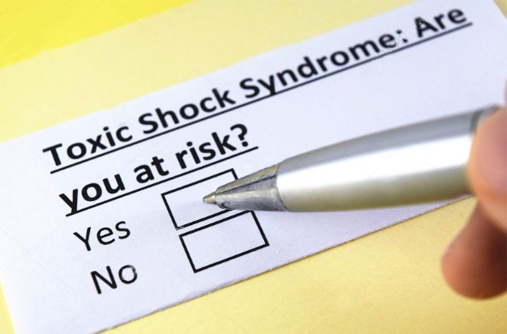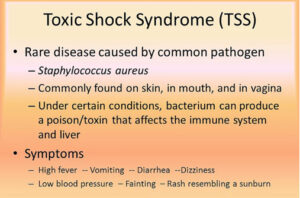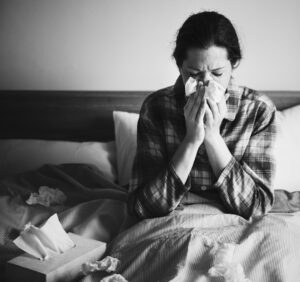Before using a menstrual cup, numerous women ponder: Can menstrual cup cause Toxic Shock Syndrome (TSS)? In this article, we will delve into this question in detail.
Q. What is Toxic Shock Syndrome?
Toxic Shock Syndrome (TSS) is a rare but serious medical condition caused by toxins produced by certain strains of bacteria, notably Staphylococcus aureus and Streptococcus pyogenes.
While TSS is most commonly associated with tampon use, it can potentially occur with the use of any vaginal barrier device, including menstrual cups.
Q. Can I get Toxic Shock Syndrome when using a menstrual cup?
Menstrual cups are generally considered safe when used correctly and cleaned properly. However, there have been rare cases of TSS associated with menstrual cup use. It’s important for users to follow the manufacturer’s instructions for insertion, removal, and cleaning of menstrual cups to minimize the risk of infection.
TSS gets worse very quickly and can be fatal if not treated promptly. But if it’s diagnosed and treated early, most people make a full recovery. Find out more on the NHS website.
Q. What are Toxic Shock Syndrome (TSS) symptoms?
The symptoms include:
- High Temperature
- Muscle Aches
- Skin Rash
- Flu-like symptoms, such as a headache, feeling cold, tired or exhausted, an aching body, a sore throat and a cough
- Vomiting and Diarrhoea
- Dizziness or fainting
Here are some tips to reduce the risk of TSS while using menstrual cups:
- Wash Hands: Always wash your hands thoroughly before handling your menstrual cup to reduce the risk of introducing harmful bacteria.
- Sterilize: Before using your menstrual cup for the first time and between menstrual cycles, sterilize it by boiling it in water for a few minutes. This helps kill any bacteria that may be present.
- Follow Instructions: Read and follow the instructions provided by the manufacturer for insertion, removal, and cleaning of the menstrual cup.
- Empty Regularly: Menstrual cups can typically be worn for up to 8 hours, but you should empty it more frequently if you have a heavy flow. Avoid leaving the cup in for too long to reduce the risk of bacterial growth.
- Inspect for Damage: Regularly check your menstrual cup for any signs of damage, such as cracks or tears, and replace it if necessary.
- Seek Medical Attention: If you experience symptoms of TSS, such as sudden high fever, vomiting, diarrhea, dizziness, muscle aches, or a rash that resembles a sunburn, remove your menstrual cup immediately and seek medical attention.
- Do not use cups after childbirth, surgeries, or infections associated with the vaginal canal. Allow for time to heal before resuming usage.
To cup or not to..?
In conclusion, we believe that every period product (for that matter any product!) has upsides and downsides of usage. Menstrual cups offer women the promise of economical, trash-free, and comfortable periods. By far, the benefits far outweigh the risks. By following proper hygiene practices, menstrual cups can be as safe (if not safer) as any other menstrual hygiene management product.








